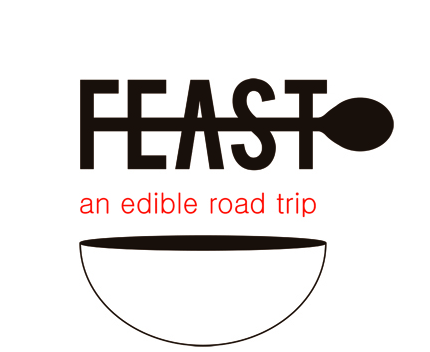Daisies, Bison & The Wild Lanaudière Region
Our Saturday morning visit to the Jean-Talon market was a time of rediscovery: we snacked on honeycrisp apples, admired the full display cases of Portuguese custard tarts, and reminisced about the Quebec pastry that honours nuns’ farts. Then we went upstairs and discovered something new: the Lanaudière region, a largely rural area Northeast of Montréal that provides an abundance of agricultural products for the city.


